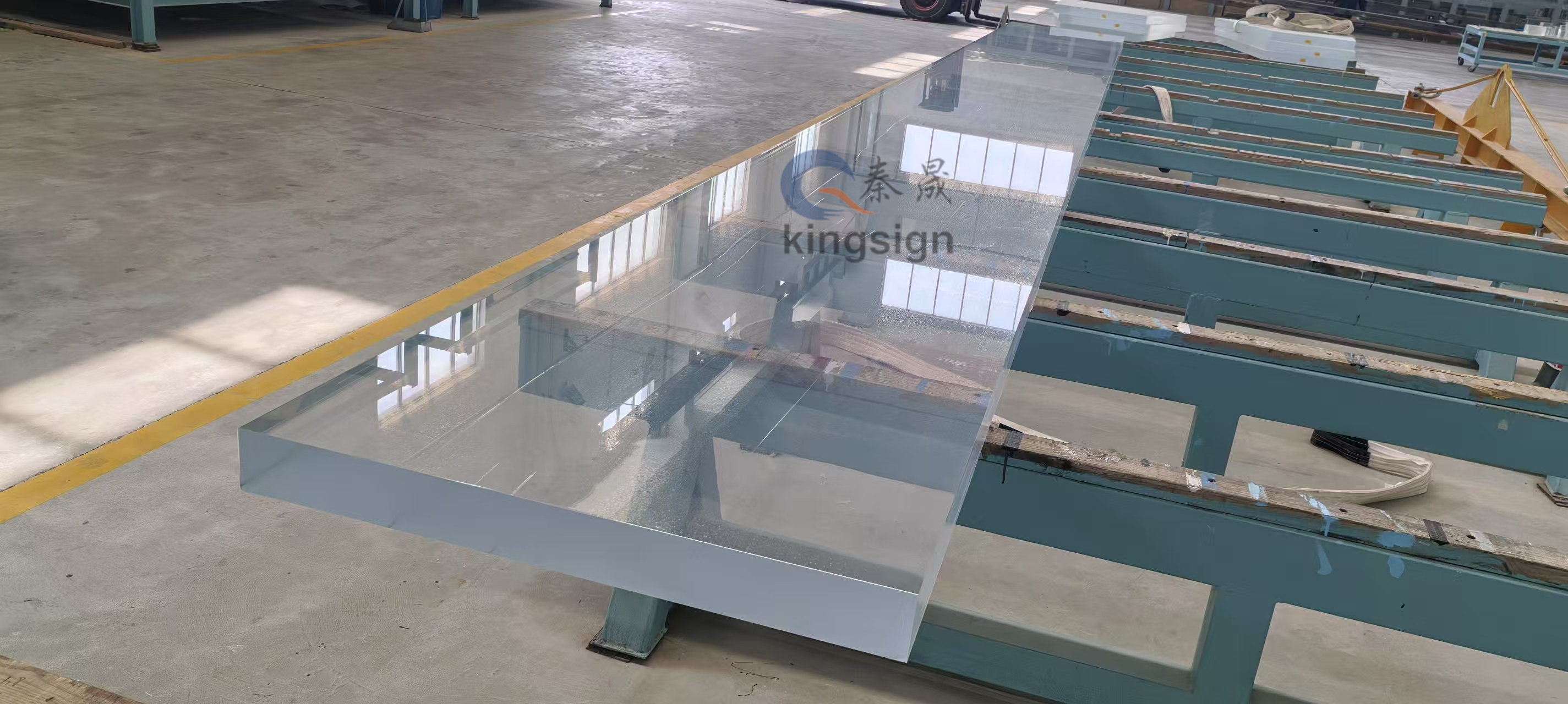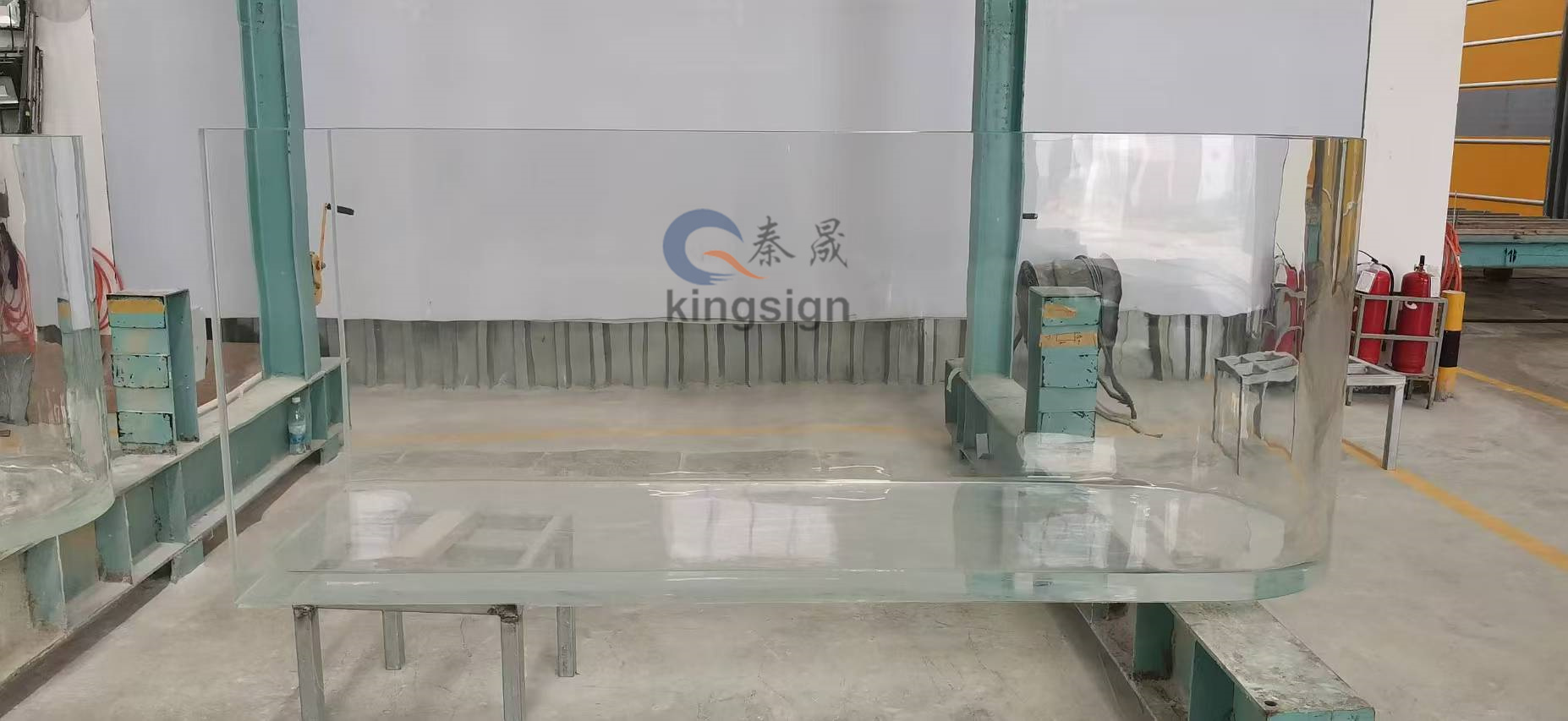
- English
- Español
- Português
- русский
- Français
- 日本語
- Deutsch
- tiếng Việt
- Italiano
- Nederlands
- ภาษาไทย
- Polski
- 한국어
- Svenska
- magyar
- Malay
- বাংলা ভাষার
- Dansk
- Suomi
- हिन्दी
- Pilipino
- Türkçe
- Gaeilge
- العربية
- Indonesia
- Norsk
- تمل
- český
- ελληνικά
- український
- Javanese
- فارسی
- தமிழ்
- తెలుగు
- नेपाली
- Burmese
- български
- ລາວ
- Latine
- Қазақша
- Euskal
- Azərbaycan
- Slovenský jazyk
- Македонски
- Lietuvos
- Eesti Keel
- Română
- Slovenski
- मराठी
- Srpski језик
What Is The Difference Between Plexiglass And Tempered Glass
2025-09-28
Plexiglas and tempered glass are two common glass products. They differ in material properties, uses and production processes.
1. Material Composition
Plexiglas, also known as acrylic, is a transparent plastic made from organic compounds such as methyl methacrylate (PMMA). It offers high light transmittance and weather resistance, and is commonly used in display cases, billboards, and furniture. Tempered glass, a type of strengthened glass that has been heated and rapidly cooled, offers exceptional impact and abrasion resistance. It is commonly used in building exterior walls, doors and windows, and appliance panels.
2. Impact Resistance
Acrylic is less impact-resistant and easily scratched and broken, so care should be taken to avoid impact and friction during use. Tempered glass, on the other hand, undergoes special processing to achieve high impact resistance. Even with impact, it is not easily broken, thus ensuring personal safety.
3. Heat Resistance
Acrylic has low heat resistance and is prone to deformation and aging when exposed to high temperatures for extended periods, making it unsuitable for use in high-temperature environments. However, tempered glass, having undergone a high-temperature rapid cooling process, has higher heat resistance and can withstand high temperature fluctuations, making it suitable for use in a variety of climates.
4. Manufacturing Process
Acrylic is typically manufactured through injection molding, blow molding, or extrusion. The production process is relatively simple, allowing for cutting, drilling, and hot bending as needed. Tempered glass, on the other hand, requires pre-cutting and shaping, followed by heating and rapid cooling. The manufacturing process is more complex, and therefore generally more expensive.
5. Light Transmission
Acrylic has high light transmittance, rich colors, and a smooth surface, making it an ideal choice for display cases, billboards, and other applications. Tempered glass, on the other hand, has light transmittance similar to that of ordinary glass, though it does experience some light transmission reduction. However, its overall light transmission performance is inferior.
6. Applications
Due to its excellent workability and light transmittance, plexiglass is commonly used in billboards, furniture, light boxes, and cosmetics displays. Tempered glass, on the other hand, is commonly used in building curtain walls, doors and windows, home appliance panels, and automotive glass due to its high strength and wear resistance.







